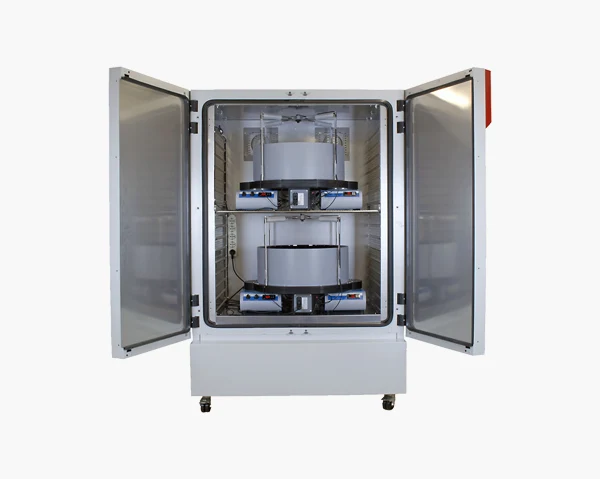Startle Prepulse Inhibition (PPI) is a widely used experimental technique in neuroscience and psychopharmacology to study sensorimotor gating, which is the brain's ability to filter out unnecessary or irrelevant stimuli. PPI is particularly valuable for understanding psychiatric and neurological disorders, as well as the effects of various drugs. Here's a detailed overview of startle PPI, including its purpose, procedure, and applications:
Purpose of Startle PPI
- Assess Sensorimotor Gating: PPI measures an organism's ability to inhibit a startle reflex when a weak pre-stimulus (prepulse) precedes a stronger startling stimulus. Effective sensorimotor gating is crucial for normal cognitive and sensory processing.
- Modeling Psychiatric Disorders: Impaired PPI is observed in several psychiatric conditions, such as schizophrenia, ADHD, Tourette's syndrome, and PTSD. Studying PPI in animal models helps researchers understand the neurobiological basis of these disorders.
- Evaluating Drug Effects: PPI is used to test the effects of psychotropic drugs and potential treatments for disorders associated with impaired sensorimotor gating.
Procedure of Startle PPI
- Setup: The experiment typically involves placing a rodent in a small chamber equipped with sensors to detect startle responses. The chamber is usually soundproof to control auditory stimuli.
- Baseline Startle Response: A loud, startling stimulus (e.g., a burst of white noise) is presented, and the rodent's baseline startle response is measured.
- Prepulse Stimuli: Weak prepulse stimuli (e.g., a quiet tone or light) are presented shortly before the startling stimulus. The interval between the prepulse and the startle stimulus is typically between 30 and 500 milliseconds.
- Measurement: The reduction in the startle response due to the prepulse is measured. This reduction is quantified as the percentage of inhibition of the startle response compared to the baseline.
Applications of Startle PPI
- Neuropsychiatric Research:
- Schizophrenia: PPI deficits are a well-documented feature in schizophrenia, making it a valuable tool for studying the underlying mechanisms and testing antipsychotic drugs.
- ADHD and Tourette's Syndrome: PPI studies help in understanding sensory processing and gating deficits in these disorders.
- PTSD: Research on PPI can shed light on heightened startle responses and impaired gating in PTSD patients.
- Pharmacological Studies: Researchers use PPI to test the effects of drugs on sensorimotor gating. For instance, dopamine agonists and antagonists can modulate PPI, providing insights into the dopaminergic system's role in gating processes.
- Genetic Studies: By comparing PPI in genetically modified rodents with wild-type controls, researchers can identify genes involved in sensorimotor gating and related disorders.
- Developmental and Environmental Studies: PPI can be used to study the impact of early-life stress, environmental toxins, or developmental changes on sensory processing and cognitive functions.
Advantages of PPI
- Non-Invasive: PPI testing is non-invasive and can be performed repeatedly on the same animals, allowing longitudinal studies.
- Translational Value: The PPI paradigm is used in both animal models and human studies, facilitating the translation of findings across species.
- Quantifiable and Reproducible: PPI provides quantifiable data that are reproducible across different laboratories, making it a reliable tool for studying sensorimotor gating.
Conclusion
Startle Prepulse Inhibition (PPI) is a crucial experimental technique for understanding sensorimotor gating and its dysregulation in various psychiatric and neurological disorders. It provides insights into the neurobiological mechanisms underlying these conditions and serves as a valuable tool for evaluating the efficacy of pharmacological treatments. By bridging animal and human research, PPI helps advance our knowledge of cognitive and sensory processing in health and disease.

